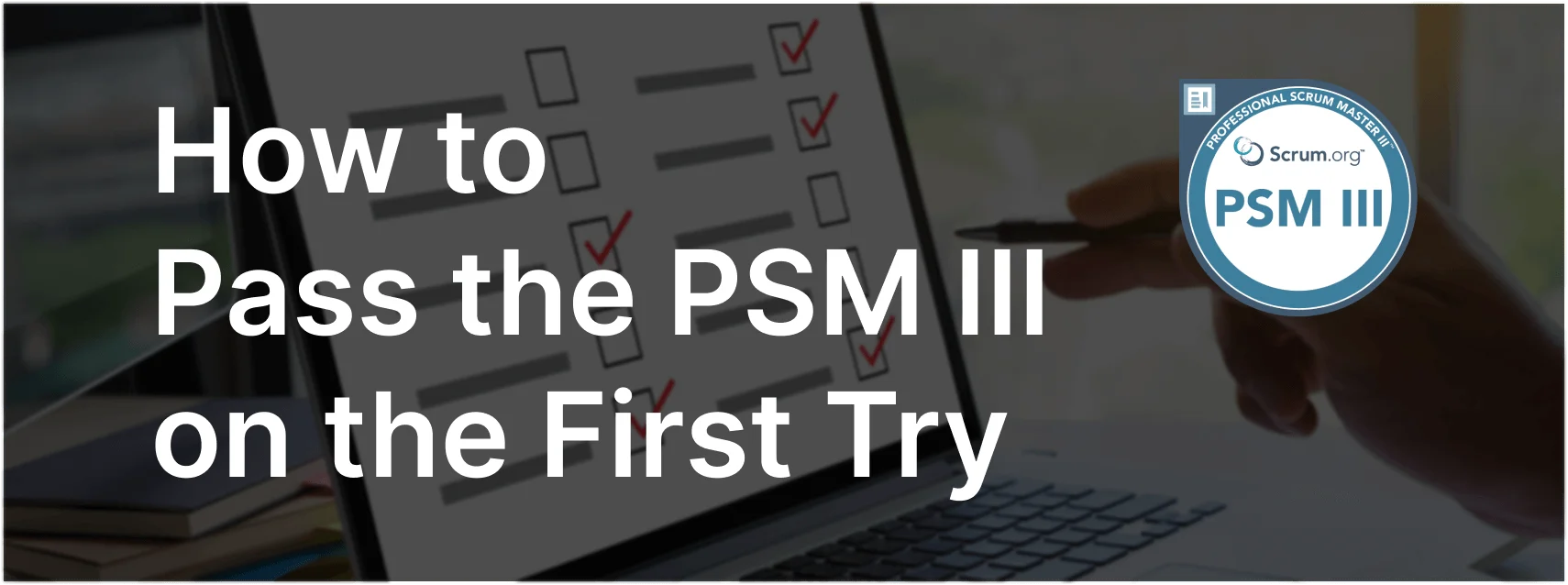Educating the Product Owner on Maximizing Value
The role of the Product Owner in Scrum is pivotal in ensuring that the Scrum Team’s efforts lead to the maximum possible value for the product. However, the responsibility of maximizing value can sometimes be challenging to understand in practical terms. Here’s how you, as a Scrum Master, can help clarify this concept using a specific example from your experience.
Exam Question
A Product Owner is confused about this sentence from the Scrum Guide: “The Product Owner is accountable for maximizing the value of the product resulting from the work of the Scrum Team.” He reaches out to you, the Scrum Master, for clarification.
Educate the Product Owner by providing one specific example from your experience on the meaning of the previous sentence.
Explanation
Example from Experience: Prioritizing Features for Maximum Value
Context:
In one of my previous projects, the Scrum Team was working on developing a new mobile application. The Product Backlog contained numerous features, each with varying levels of complexity and impact on the user experience. The Product Owner was tasked with deciding which features should be developed first.
Situation:
The Product Owner initially considered prioritizing features based on their complexity, opting to tackle the simpler tasks first. However, as the Scrum Master, I advised the Product Owner to instead focus on prioritizing the features that would deliver the most value to the users and the business, even if those features were more complex.
Action Taken:
We conducted a workshop with key stakeholders and users to identify the features that were most critical to the app’s success. Through this process, we discovered that users valued a robust search function above all else, even though it was one of the more complex features to implement. The Product Owner then prioritized the search functionality, ensuring that it was developed in the earliest Sprints.
Outcome:
By focusing on delivering the most valuable feature first, the Product Owner was able to release an early version of the app that immediately resonated with users. This led to positive feedback, increased user engagement, and a strong initial adoption rate. The decision to prioritize based on value rather than complexity ultimately maximized the product’s impact in the market.
Key Points to Communicate to the Product Owner
- Value-Driven Prioritization:
The Product Owner should prioritize Product Backlog items based on the value they bring to the users and the business, rather than solely on factors like complexity or ease of implementation. - Stakeholder and User Engagement:
Engaging with stakeholders and users is essential in understanding what features or outcomes are most valuable. This input helps the Product Owner make informed decisions that align the product with market needs. - Accountability:
The Product Owner is accountable for these decisions. By making value-driven choices, the Product Owner ensures that the Scrum Team’s efforts are focused on delivering the highest possible impact, thereby fulfilling their accountability for maximizing product value.
Relevance to the PSM III Exam
In the PSM III exam, understanding how to guide a Product Owner in making value-driven decisions is crucial. The ability to translate the theoretical aspects of Scrum into practical, impactful actions is a key aspect of advanced Scrum mastery.
Key Takeaways
- Maximizing Value: The Product Owner must focus on delivering the highest value features first, even if they are more challenging to implement.
- Engagement: Regular engagement with stakeholders and users helps the Product Owner understand and prioritize what will bring the most value.
- Accountability: The Product Owner is accountable for the product’s success, which is directly linked to how effectively they prioritize work based on value.
Conclusion
As a Scrum Master, your role includes helping the Product Owner understand and embrace their accountability for maximizing product value. By prioritizing work that delivers the most impact and engaging stakeholders in the process, the Product Owner can guide the Scrum Team towards delivering a product that truly meets market needs. For more insights into Scrum practices and to prepare for the PSM III exam, visit our Scrum Master PSM III™ Exam Prep.



